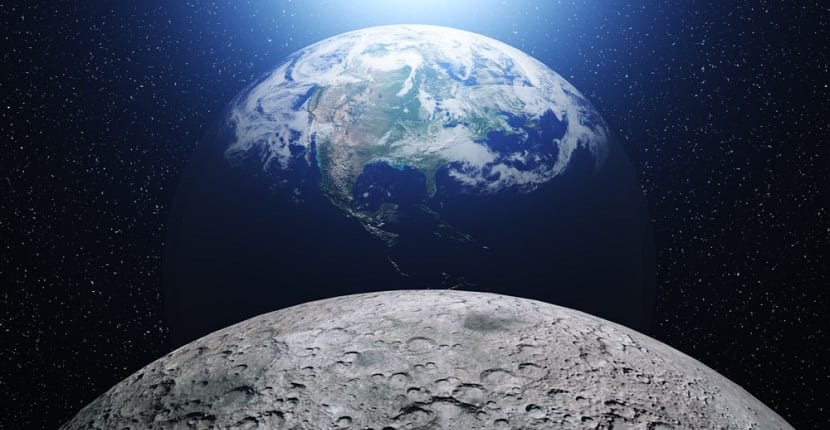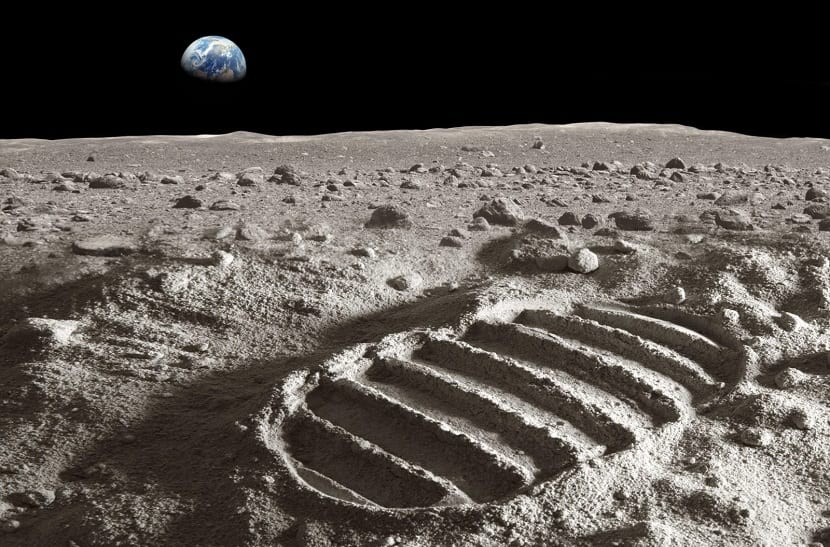
Much has been said in the past year about the possibility of go back to the moon, a somewhat recurring theme that seems to have become the main objective of practically all space agencies in different countries. How could it be otherwise, China wants to go one step further.
If just a few months ago NASA confirmed a special interest in returning to the satellite, ESA even announced a collaboration with Roscosmos to start a joint mission that will take them to Mars, previously passing through the satellite, now it is China that announces that They will return to the Moon on a mission named after Chang'e.

Chang'e is the name with which China has baptized the mission that will make them return to the Moon
Before going into a little more detail, tell you that Chang'e is not a mission as such, but a complex program which has been in operation for a long time and through which two orbiters along with a lander have already been sent to the Moon.
At the end of this year, as planned, a new objective will begin within this program, even by means of which a trip to the farthest side of the Moon will begin, an unknown location where study local geology and test the effects of lunar gravity on insects and plants.
To carry out these tests, a launch must be carried out where a large quantity of seeds and insects with which the study will be carried out will be included in a new lander, inside a container made of an aluminum alloy. Based on the statements made by Zhang Yuan Xun, lead container designer:
The container will send potatoes, arabidopsis seeds and silkworm eggs to the surface of the Moon. Worms can produce carbon dioxide, while potatoes and seeds emit oxygen through photosynthesis. Together they can establish a simple ecosystem on the Moon.

This will be the first time a mission has been sent to the far side of the Moon
This will reportedly be the first time a mission has targeted the so-called South Pole Basin, a region of great impact in the southern hemisphere that is approximately 2.500 kilometers in diameter and 13 kilometers deep. In turn, the Moon itself has been classified as the largest impact account and one of the largest in the Solar System.
One of the main objectives of this mission, as you are sure to imagine, lies in the scientific interest in check if different types of terrestrial organisms can grow and develop with the gravity that exists on the Moon which, as has been commented on in countless articles, is approximately 16% of what exists on Earth.
At this point it must be taken into account that there are already studies carried out on board the International Space Station in which it has been concluded that prolonged exposure to microgravity can have considerable effects on health. What you want to investigate now is what about long-term effects with less severity.
On the other hand, going to the area known as the South Pole Basin is of special interest, not only because of its enormous size, but because there are many scientists who, in recent years, have discovered that can hold large amounts of ice. Today it is speculated that these large amounts of water may be the result of the impacts of asteroids and meteors that left traces of water that managed to survive because this region is always in the shade.